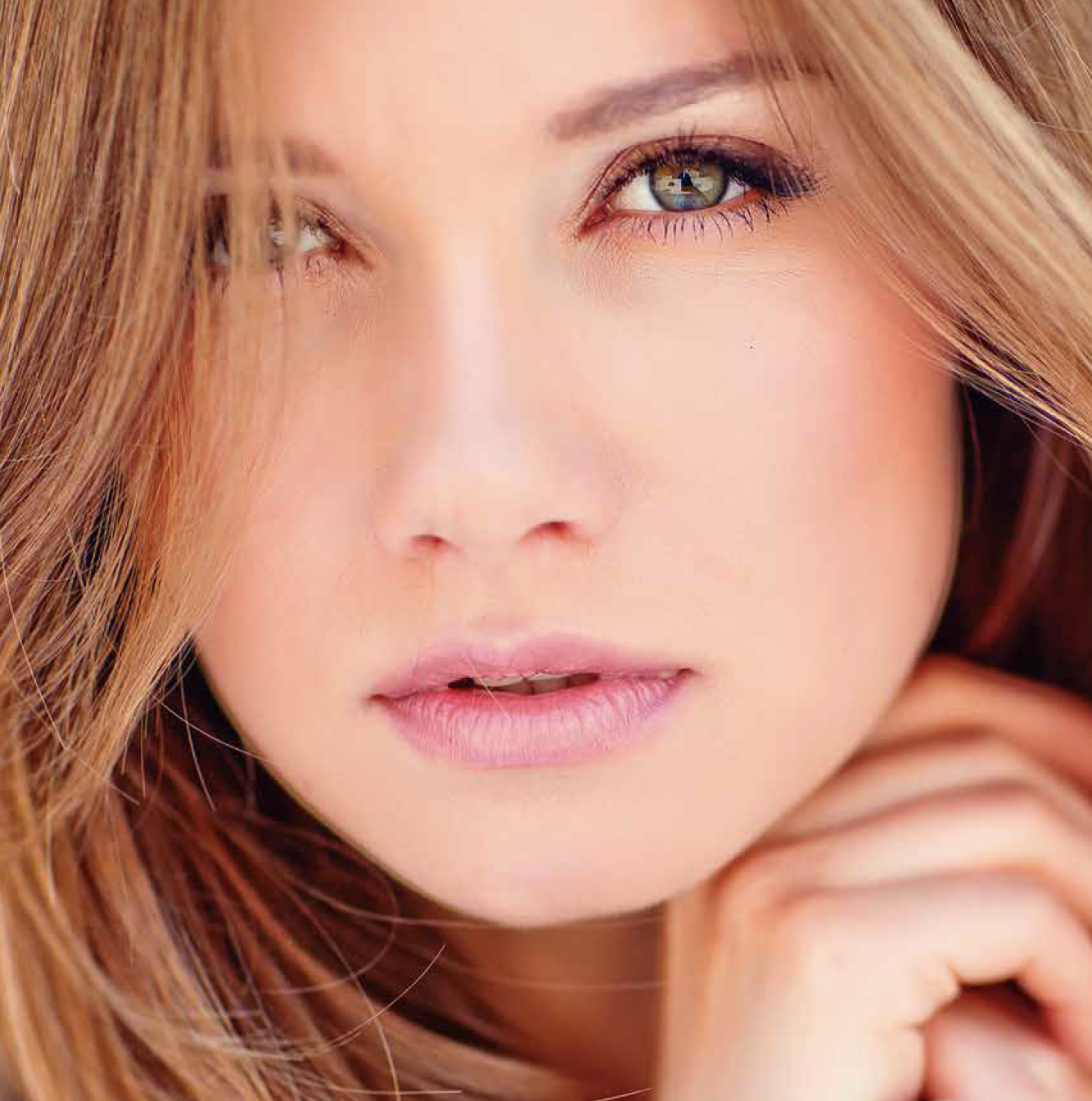Dr Ouri Cohen and Dr Laurent Benadiba
This is one of the main procedures for facial rejuvenation. A blepharoplasty can be carried out medically or surgically. Let’s take a closer look.
What is a blepharoplasty?
A blepharoplasty is an aesthetic surgery procedure that allows us to rejuvenate the eye area by repairing the upper or lower eyelids with a quick and simple operation.
In what cases is a blepharoplasty indicated?
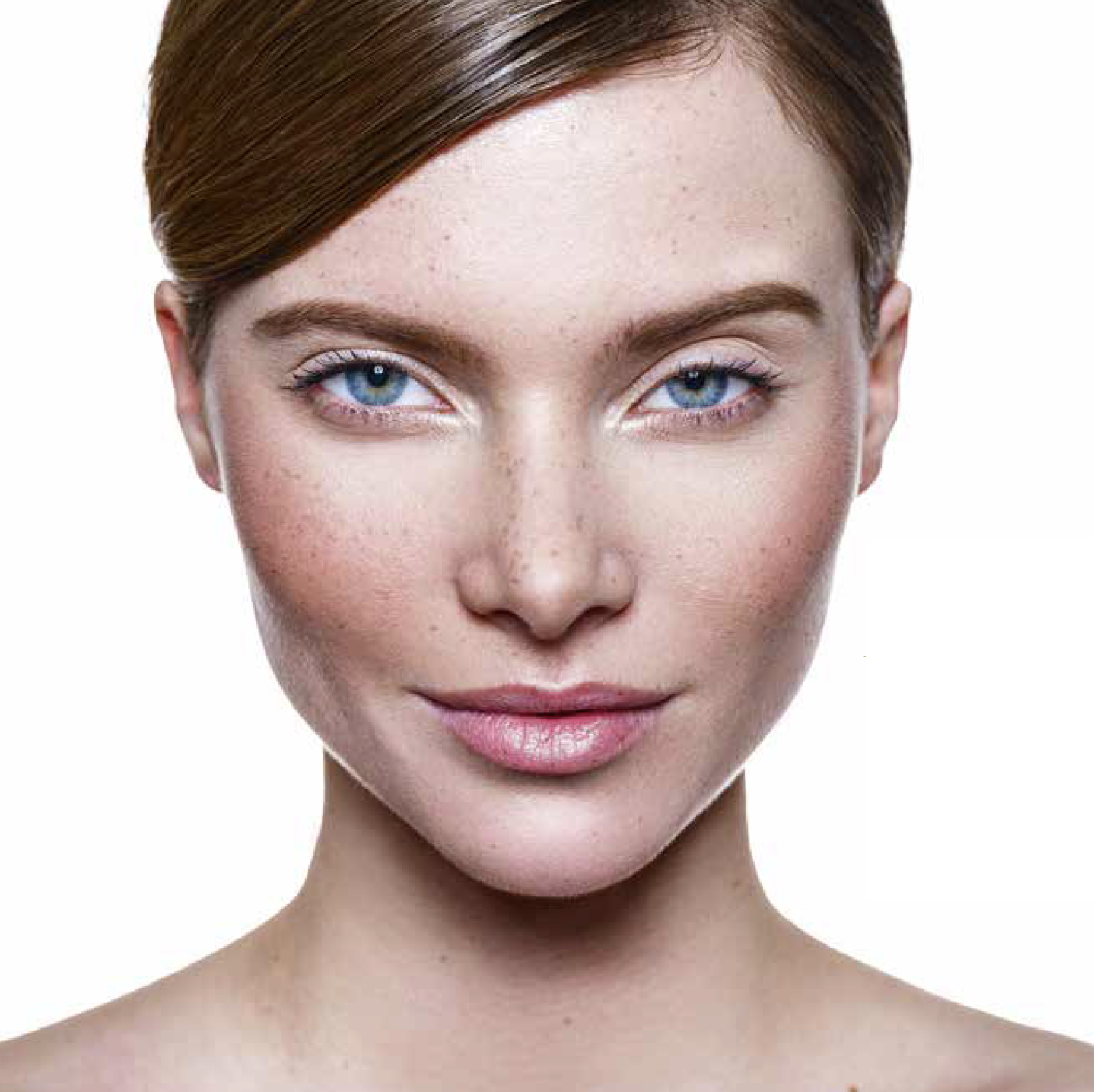 It is a common procedure. It involves removing the excess skin on the upper eyelid, which can appear even before age 30 and which tends to worsen over time and particularly affects women. With regard to the lower eyelid, we remove the pockets of fat that create dark circles and make the patient look tired. This problem can arise early on and can be caused by genetics or ethnicity (common in people of Asian origin). At age sixty, these pockets of fat are very common, particularly in men, and are known as “eye bags”.
It is a common procedure. It involves removing the excess skin on the upper eyelid, which can appear even before age 30 and which tends to worsen over time and particularly affects women. With regard to the lower eyelid, we remove the pockets of fat that create dark circles and make the patient look tired. This problem can arise early on and can be caused by genetics or ethnicity (common in people of Asian origin). At age sixty, these pockets of fat are very common, particularly in men, and are known as “eye bags”.
Does surgical blepharoplasty address both eyelids?
Yes, but we need to distinguish the issues found in the upper eyelids from those that affect the lower eyelids, which are the result of a fat-related problem that creates eye bags. Over time, the eyelid muscle becomes weaker and the bags start to appear and get larger, especially in the morning. The skin is slacker, and this makes the face look very tired. It is a physiological type of fat that is easily removed with surgery, with an incision along the eyelash line, meaning it is invisible. In the upper eyelids, there is generally too much skin, even at age 25. Sometimes there are drooping eyelids, a double eyelid or “blepharochalasis”, which is more common in men and can even affect their vision. Following a particular outline which will, of course, respect the shape of the eye, we can remove this extra fold. The incision is closed up with a continuous stitch, and the thread is invisible, held at each end of the scar with a strip for a week. This is a minor, frequently-performed operation and can generally be carried out under local anaesthetic in around 30 minutes.
Are there any counterindications for a surgical blepharoplasty?
Very few, apart from major ocular dryness which would be aggravated by a blepharoplasty. We also avoid operating on fragile patients or ones who are taking anticoagulants, as they might bleed excessively.
What does a medical blepharoplasty involve?
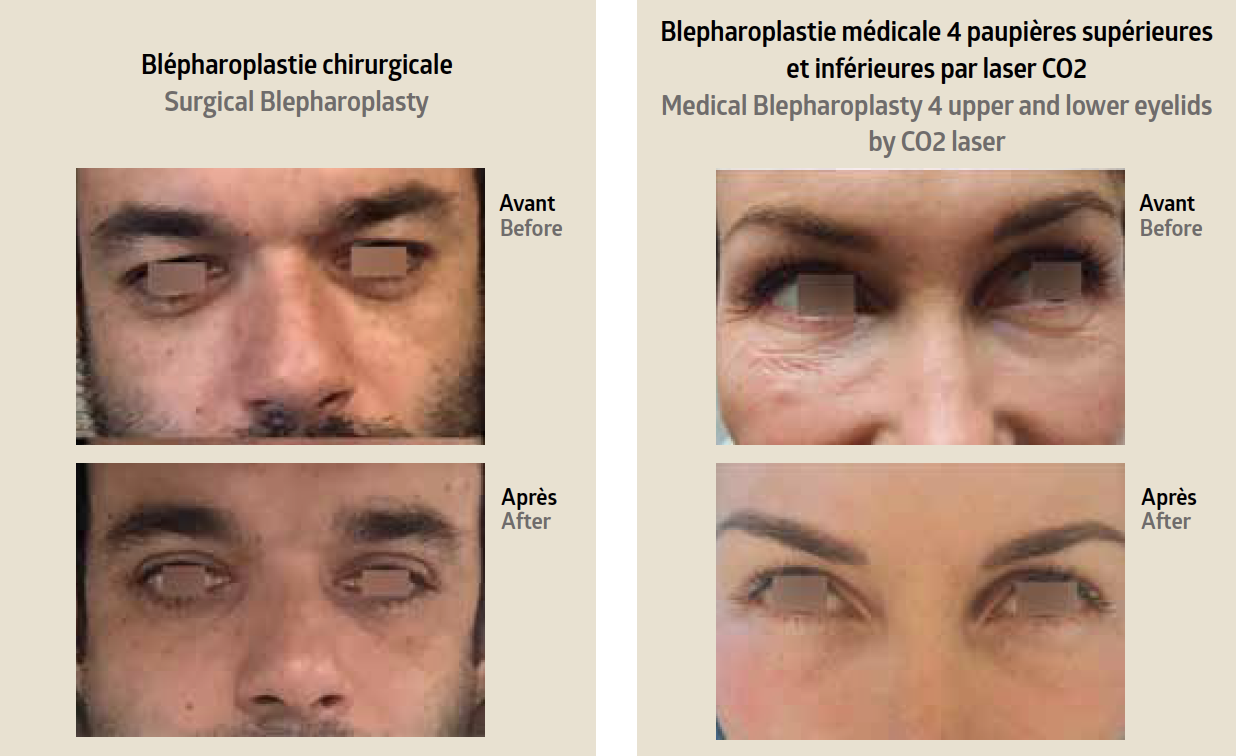 This technique, which is fairly recent, stemmed from the observation that when we burn the skin, it retracts. Medical blepharoplasty is used to treat the upper eyelid when there is a small excess of skin that often bothers women, especially with make-up. The treatment is straightforward and involves reducing this excess of skin under local anaesthetic, in outpatient surgery, but without cutting it. To do this, we look at the whole eyelid we want to treat and we make small dots, fairly close together and in a regular pattern, using a CO2 or PlexR laser (for plasma). The latter will make coagulation points in the skin. As these small, superficial burnt spots heal, they cause the skin to retract which improves the appearance of the upper eyelid. This straightforward procedure is carried out in just 20 minutes. This technique is recommended for very mild indications and for patients who are reluctant to have aesthetic surgery, or as a complement to surgery.
This technique, which is fairly recent, stemmed from the observation that when we burn the skin, it retracts. Medical blepharoplasty is used to treat the upper eyelid when there is a small excess of skin that often bothers women, especially with make-up. The treatment is straightforward and involves reducing this excess of skin under local anaesthetic, in outpatient surgery, but without cutting it. To do this, we look at the whole eyelid we want to treat and we make small dots, fairly close together and in a regular pattern, using a CO2 or PlexR laser (for plasma). The latter will make coagulation points in the skin. As these small, superficial burnt spots heal, they cause the skin to retract which improves the appearance of the upper eyelid. This straightforward procedure is carried out in just 20 minutes. This technique is recommended for very mild indications and for patients who are reluctant to have aesthetic surgery, or as a complement to surgery.
What are the after-effects of a medical blepharoplasty?
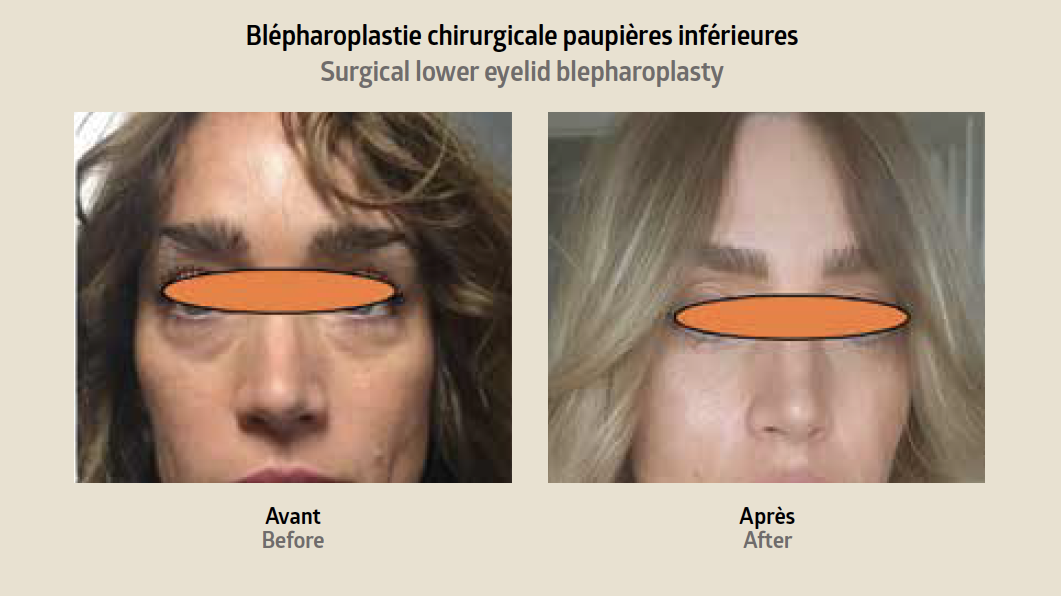 We might see some swelling and redness before the wound heals, and some burn marks may remain for a while; this may cause some embarrassment in public, so the patient might have to wear glasses for around ten days. One session may be enough when there is very little excess skin. This technique has the advantage of being carried out in a doctor’s surgery, since the retraction is modest compared with the results of a surgical blepharoplasty. Sometimes two or three additional sessions are required when there is a lot of excess skin. In this case, the sessions should be spaced a month apart.
We might see some swelling and redness before the wound heals, and some burn marks may remain for a while; this may cause some embarrassment in public, so the patient might have to wear glasses for around ten days. One session may be enough when there is very little excess skin. This technique has the advantage of being carried out in a doctor’s surgery, since the retraction is modest compared with the results of a surgical blepharoplasty. Sometimes two or three additional sessions are required when there is a lot of excess skin. In this case, the sessions should be spaced a month apart.
What happens during a blepharoplasty at the CLEAGE clinic in Geneva?
The procedure is carried out in an operating theatre under local anaesthetic, plus sedation if we are also treating the lower eyelids. After anaesthetising the area, we remove the excess skin from the upper eyelid, in such a way that the scar will sit in the eyelid’s natural crease. For the lower eyelid, the incision is made along the lash line, then we collect the fat pockets from underneath the muscle. There are generally three fat pockets that are interconnected. We only remove the excess, so as not to leave a hollow. We must ensure proper haemostasis to avoid any bruising. We close the skin up with a continuous stitch (invisible thread), removing just a few millimetres of skin, as otherwise we risk altering the shape of the eye if we remove too much. Ice packs are applied for a few minutes after the procedure and the patient can go home a few hours later.
What advice could you give to any readers of ANTI-AGE Magazine who are thinking about having a blepharoplasty?
We recommend any readers of ANTI-AGE Magazine to get a second opinion and to ask any questions that they might have. They should also check that their chosen doctor is qualified to perform this kind of procedure and ensure it will be carried out artistically and in an authorised clinic.
WHERE TO FIND US
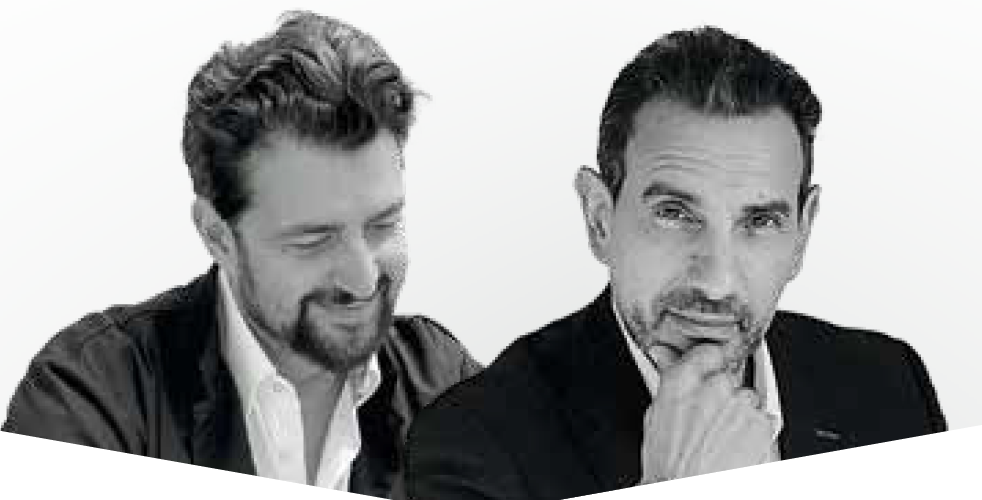 Dr Ouri Cohen. Founder of the CLEAGE group. Associate doctor in the CLEAGE Clinic Geneva. Co-founder and doctor trainer for the CLEAGE Academy. Aesthetics doctor in the CLEAGE Centre Lyon. Member of the AFME. Doctor trainer for several French and Swiss laboratories Conference speaker. Graduate of the French National College of Aesthetic Medicine. European inter-university degree in medical lasers. University degree in Nutrition
Dr Ouri Cohen. Founder of the CLEAGE group. Associate doctor in the CLEAGE Clinic Geneva. Co-founder and doctor trainer for the CLEAGE Academy. Aesthetics doctor in the CLEAGE Centre Lyon. Member of the AFME. Doctor trainer for several French and Swiss laboratories Conference speaker. Graduate of the French National College of Aesthetic Medicine. European inter-university degree in medical lasers. University degree in Nutrition
Dr Laurent Benadiba. Plastic surgeon. Specialises in Surgery, Aesthetic and Intimate Medicine. Teaches at the Paris medical faculty: DUTIC and DUMEG. Co-manager of the Cleage-Academy and Aesthetic-learning, training organisations for doctors. Doctor trainer and speaker at international conferences.
Copyright photo : Gilles Pautigny


